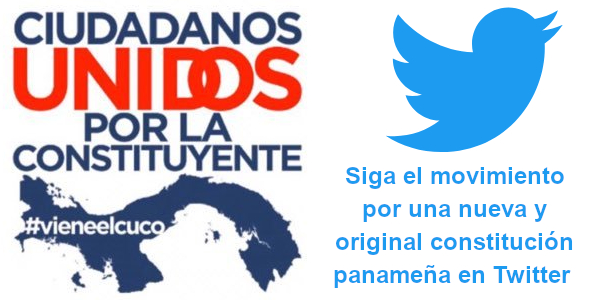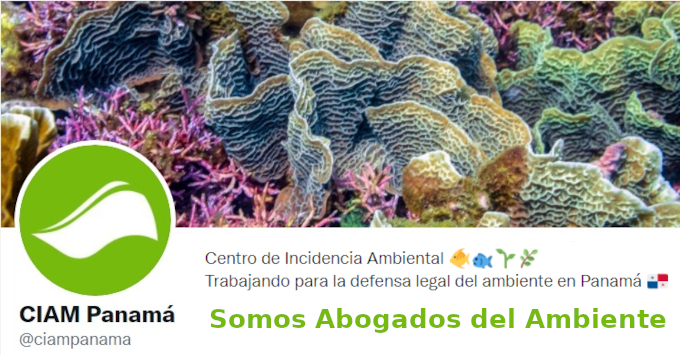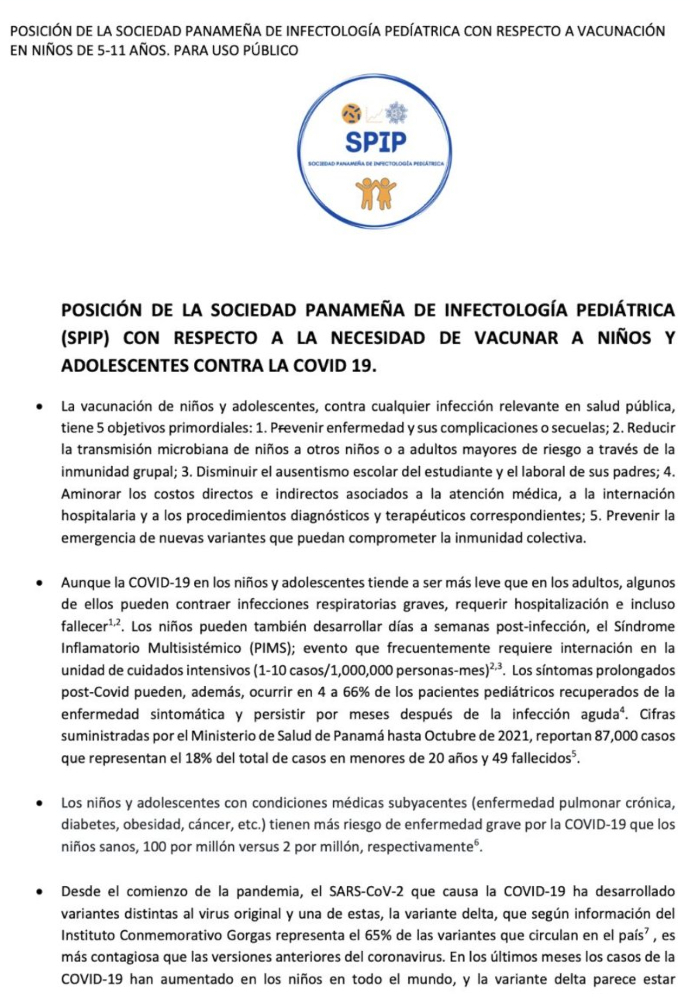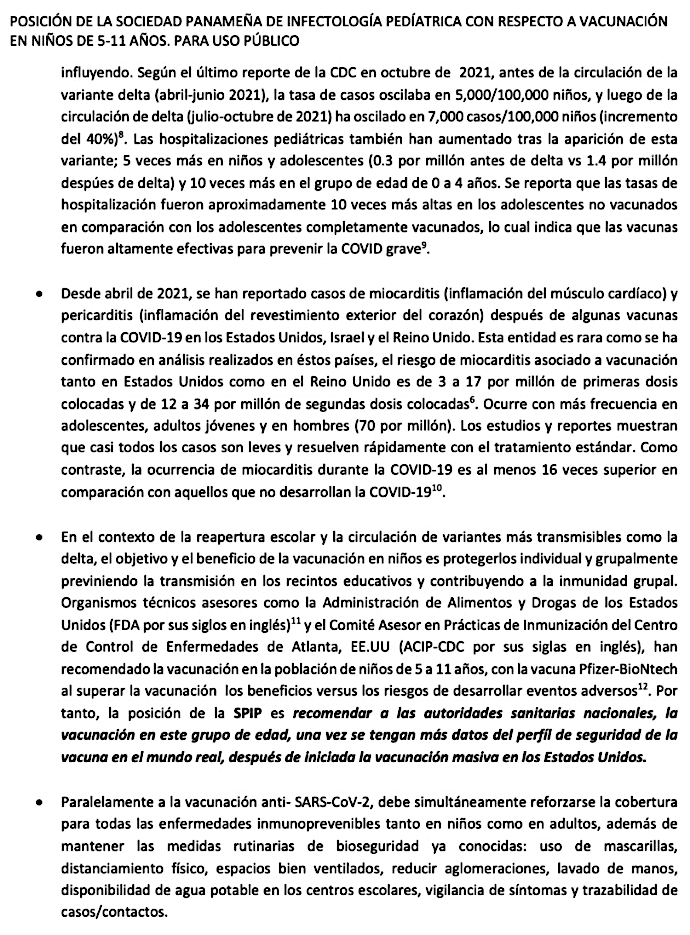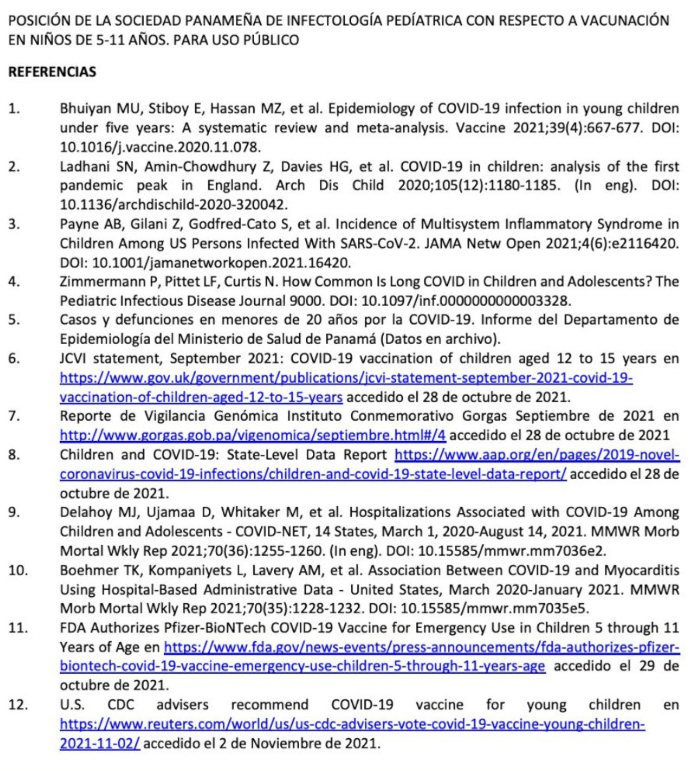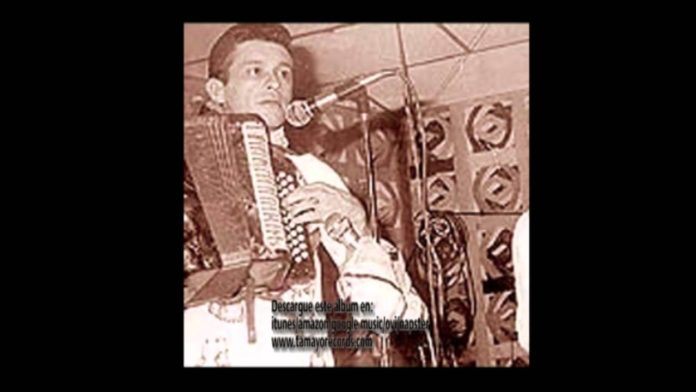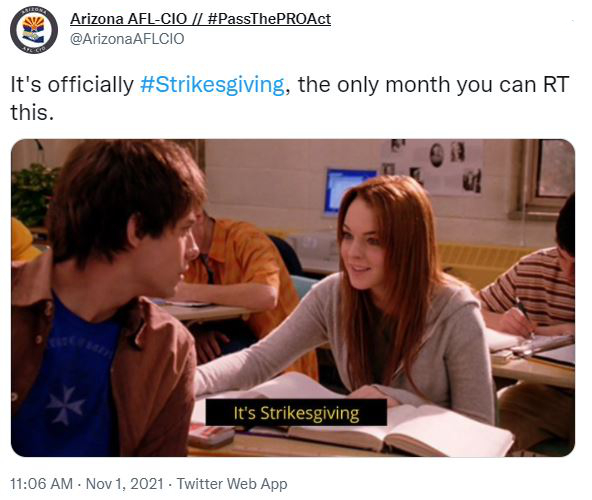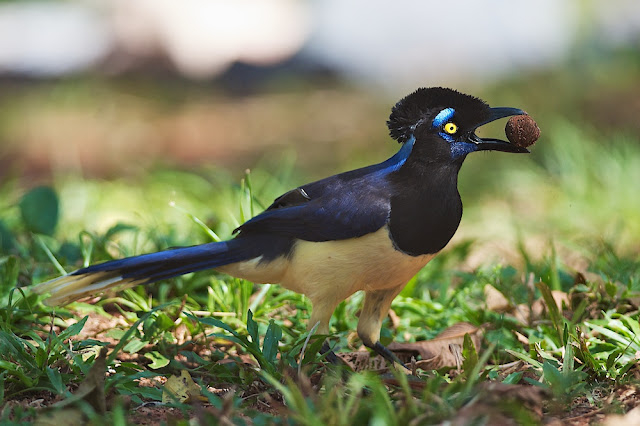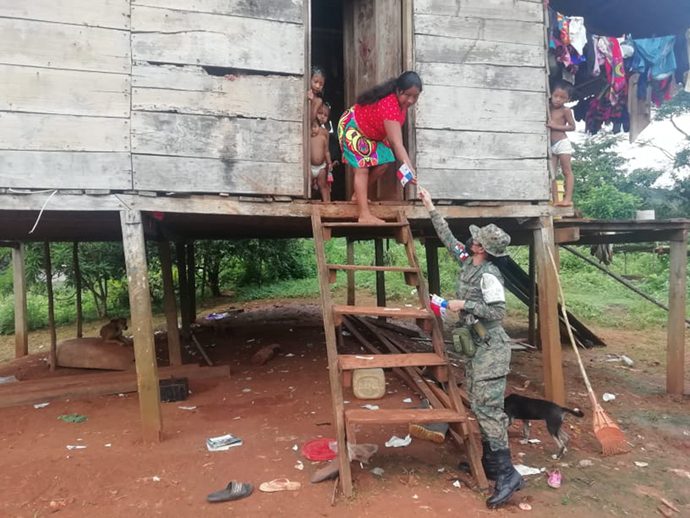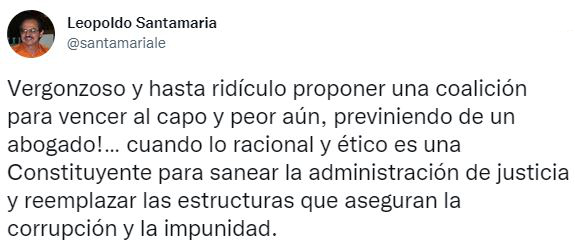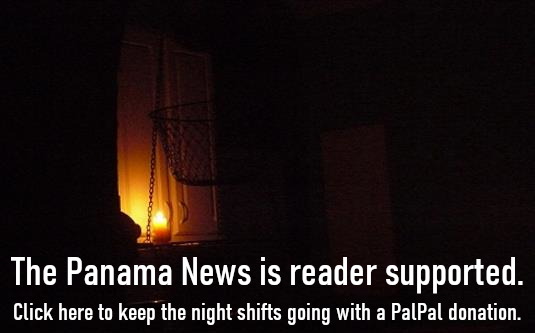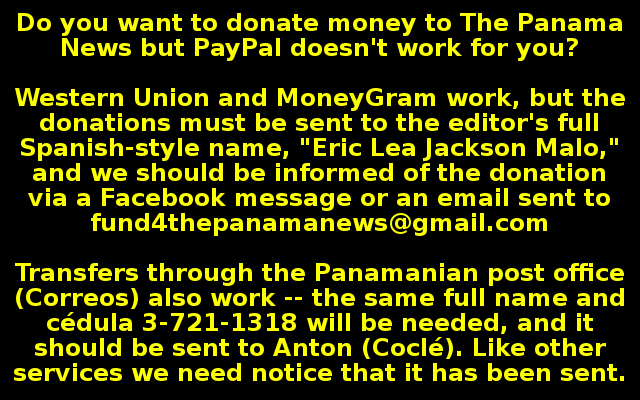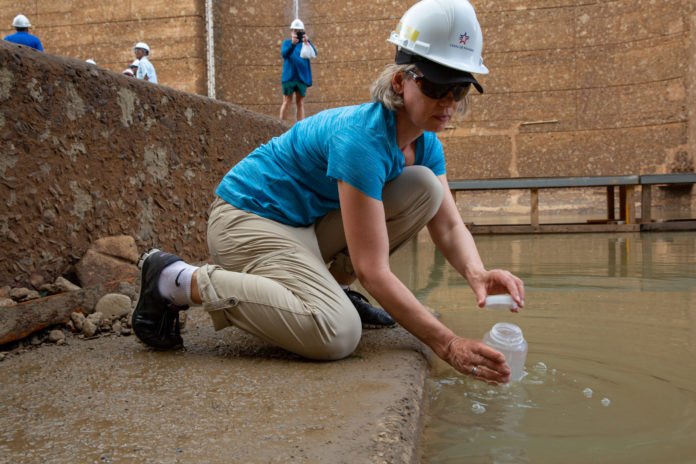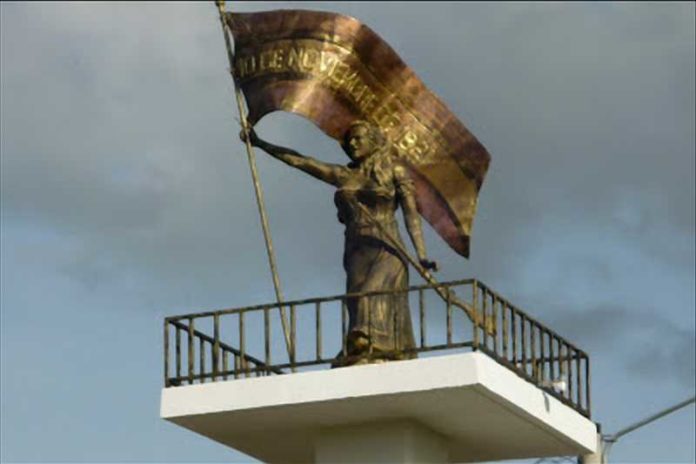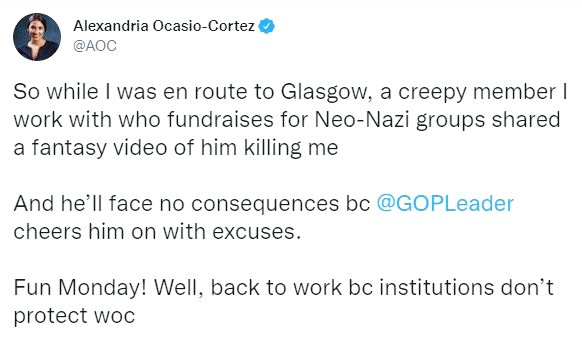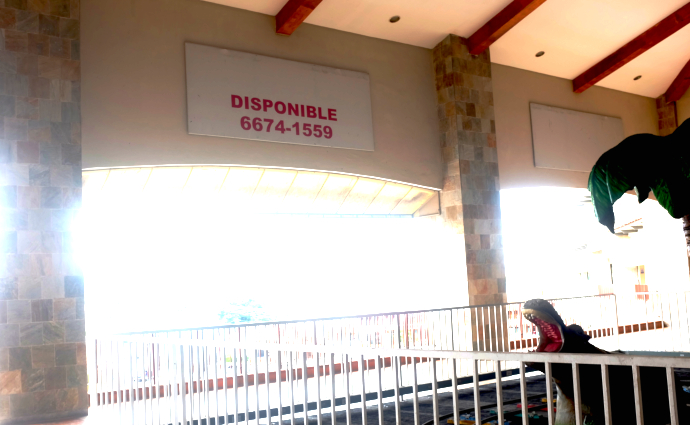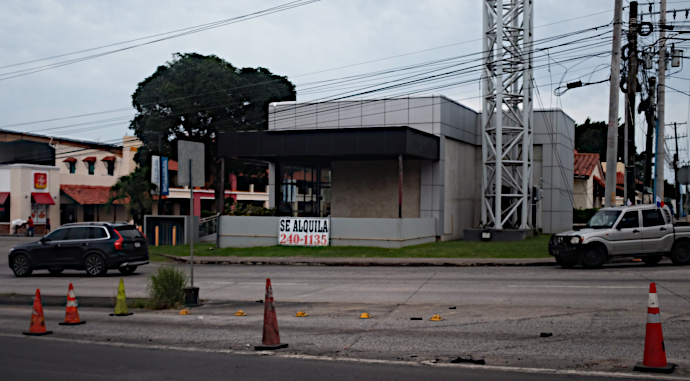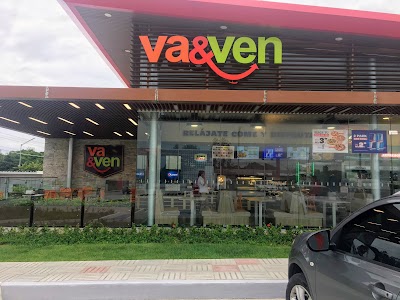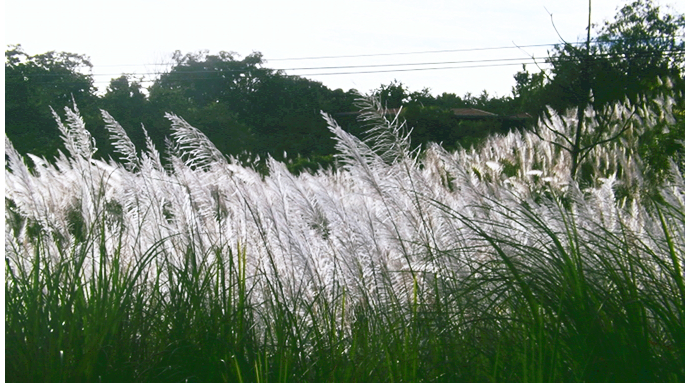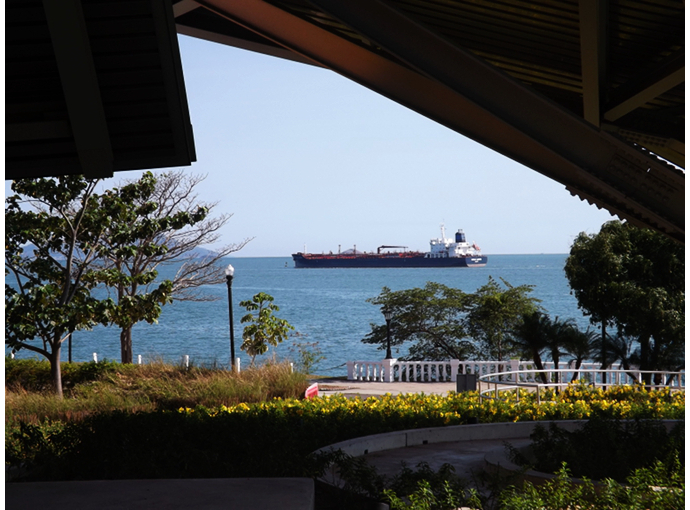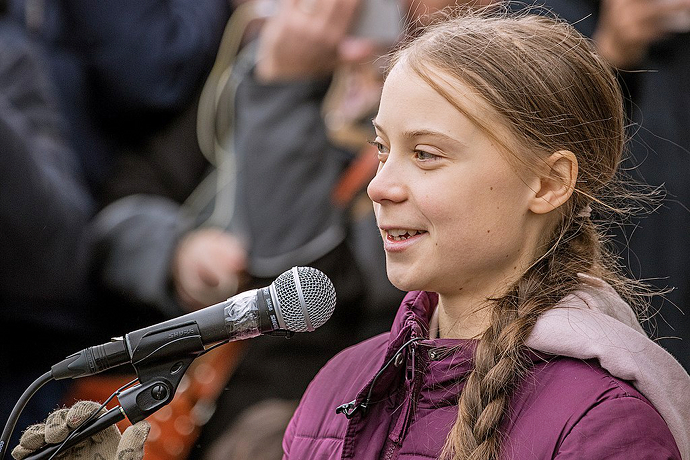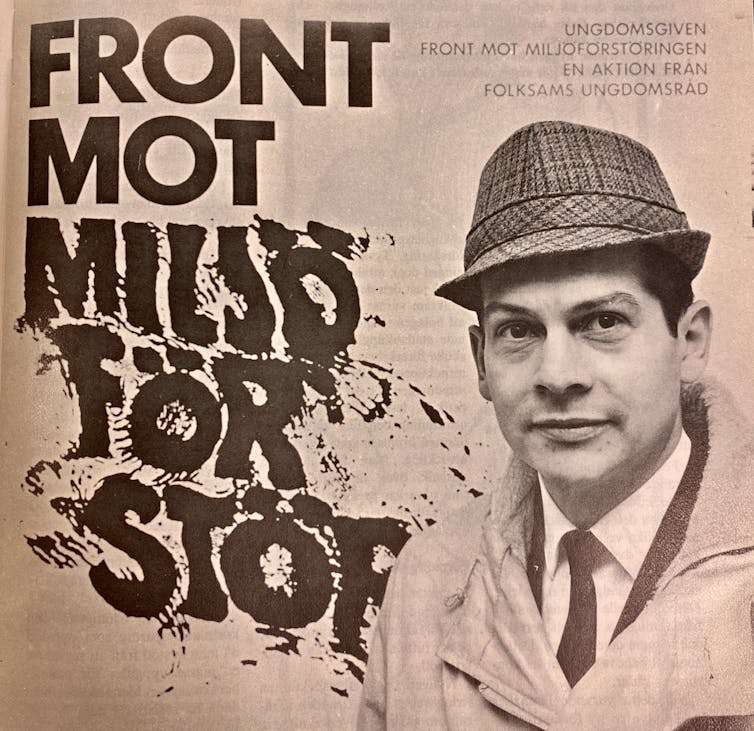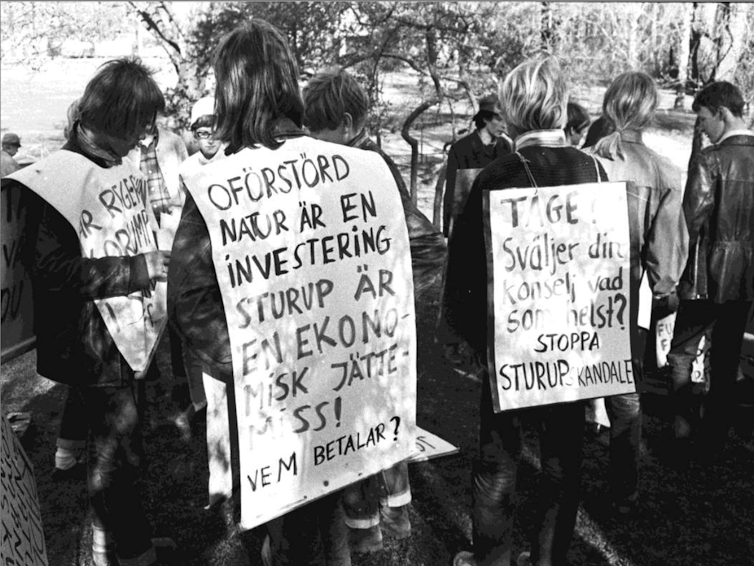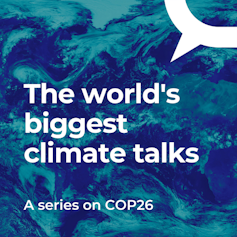Escultura que representa a Rufina Alfaro en La Villa de Los Santos. Foto del Cuerpo de Bomberos.
¿Por qué la Villa de Los Santos declaró primero la independencia de España?
por Olmedo Beluche
El proceso de independencia hispanoamericano de España constituyó una revolución social y política que inició como demandas parciales que se fueron radicalizando en la medida en que el régimen monárquico se negó a aceptar reformas elementales. La independencia no partió, como ahora erradamente se pinta, por el “anhelo de constituir una nación” o naciones preconcebidas por los próceres.
La incapacidad de la monarquía española de aceptar mínimas medidas democráticas y sociales, que eran elementales pues los criollos no eran una clase muy revolucionaria, sino que temían a la revuelta de las clases explotadas (los pardos, los esclavos negros y los “indios”), la que va a terminar produciendo la independencia como culminación de una larga guerra civil de más de diez años. Al respecto recomendamos nuestro ensayo: Independencia hispanoamericana y lucha de clases[i].
La independencia NO nace del “sentimiento nacional” (mexicano, colombiano, argentino, panameño, etc.), pues las naciones como las conocemos hoy no existían, ni tampoco se entendía por el concepto nación lo mismo que se entiende hoy. La nación era sinónimo del estado y todo su aparato institucional, cuya cabeza era la monarquía en la figura del rey, y del lado de acá del océano el virrey y demás instituciones.
Como identidades referenciales en el imaginario de la gente era más poderoso el peso de los gobiernos locales o municipales, a través del cabildo de las ciudades y la región circundante. Por eso en la primera fase de la independencia, llamada de la “patria boba” en Colombia (1810-14), se constituyeron “repúblicas” por cabildos (como la de Cundinamarca, p.e.) y luego una Federación que era la suma de las repúblicas o ciudades o cabildos.
Las naciones hispanoamericanas como las conocemos hoy no empezaron a forjarse sino con posterioridad a 1825, culminada la independencia, y en muchos casos el proceso no terminó sino hasta la segunda mitad del siglo XIX.
En el caso de Panamá, en 1821, el peso de los cabildos era importante, de ahí que no hay una proclama de independencia de la “nación panameña”, inexistente en el imaginario popular en ese momento. Por eso las proclamas de independencia son fraccionadas por pueblos o ciudades, muchas veces con intereses contrapuestos entre sí. Hasta bien entrado el siglo XIX, las identidades en el istmo de Panamá estaban divididas políticamente en dos grandes regiones: Veraguas (el interior) y Panamá (la zona de tránsito).
A su vez, el “interior” veía chocar intereses sociales, económicos (e identidades) diferenciados y contrapuestos entre Veraguas, representada por las grandes familias latifundistas y conservadoras (como los Fábrega), y la región de Azuero, constituida por pequeños y medianos campesinos políticamente afines al liberalismo.
El Grito de la Villa de Los Santos, de 10 de noviembre de 1821, es ante todo una sublevación campesina contra los impuestos excesivos por parte de la Corona, y en particular contra el avituallamiento del ejército realista a costa de la producción campesina, que era saqueada para ese fin y la leva de jóvenes destinados al reclutamiento forzoso. De manera que se dejaba al campo sin producción y sin fuerza de trabajo.
El Grito de 1821 fue la primera de una serie de múltiples revoluciones campesinas que estremecieron a la región de Azuero a lo largo del siglo XIX contra los impuestos y las arbitrariedades de los terratenientes de Veraguas-Coclé.
A su vez, el Grito es la expresión de una guerra civil campesina que se fue configurando en el Istmo de Panamá, desde fines del siglo XVIII, con el robo de las tierras de los resguardos indígenas por parte de los terratenientes ganaderos (al respecto recomiendo el último libro del Prof. Mario Molina[ii]), que produce múltiples sublevaciones campesino indígenas (tanto ngäbes-buglés, como dules) y cuya culminación va a ser la Guerra de los Mil Días dirigida por Victoriano Lorenzo.
El Grito de La Villa, la historia oficial lo vincula a “sentimientos patrióticos”, pero su móvil real e inmediato fue el descontento del campesinado pobre contra el avituallamiento y reclutamiento forzoso del ejército español cada vez que marchaba a combatir a los independentistas en Sudamérica. El historiador Alfredo Castillero C. aporta nueva información que permite establecer que, en octubre de 1821, el capitán general Mourgeon impuso las últimas contribuciones forzosas de ganado y otros bienes a las cofradías, antes de partir con su ejército hacia Ecuador.
El descontento campesino da lugar a una proclama del natariego Francisco Gómez Miró seguida del pronunciamiento del Cabildo de Los Santos dirigido por Segundo Villarreal, y es lo que explica que aquella región fuera la vanguardia en la independencia panameña[iii].
Araúz y Pizzurno[iv] reproducen la carta que los santeños dirigieron a Simón Bolívar en las que explican las razones de su movimiento en los siguientes términos: “una continua extracción de crecidas sacas desoladoras de sus vecinos para el servicio de las armas, y una ruinosa contribución forzada del numerario; de modo que se aniquilaban nuestras fuerzas y nos dejaban exhaustos de metálico de que seguía la destrucción general de las labores del campo: falta de brazos para el trabajo de nuestra corta agricultura y una carestía y escasez de todo lo necesario para la subsistencia”.
La carta a Bolívar de los santeños de 1821 desmiente la pretensión de algunos de que, a ese momento, los habitantes del Istmo tendrían una concepción de la “nacionalidad panameña” y una posibilidad de constituir un estado nacional independiente.
Leemos en el libro de Araúz y Pizzurno (Pág. 266), otro fragmento de la carta a Bolívar: “Sostenían que todos seguían ‘las huellas del Estado Colombiano decididos a seguir el mismo orden que nos fuere conveniente o adaptable a nuestro país…”, para lo cual, “se pusieron ‘bajo los auspicios de Bolívar'”.
Como evidencia de las diferencias políticas y sociales que vivían los istmeños de 1821, y no la falsa “unidad nacional” que pinta la historia oficial, los historiadores Araúz y Pizzurno, previamente han citado las prevenciones que los santeños lanzaron contra el general José de Fábrega, en ese momento máxima autoridad de la monarquía y del ejército realista, conspicuo miembro de la familia latifundista más prominente de Veraguas, aliado de los comerciantes capitalinos.
Como moraleja metodológica es importante recordar que las clases sociales, con sus intereses contrapuestos existen antes que las naciones, entendidas como estados nacionales; y que, con posterioridad al nacimiento de las naciones modernos (en el siglo XIX), las clases sociales siguen existiendo. Por ello, suele incurrir en error quien crea que en algún momento los habitantes de un país actúen movidos por la “unidad nacional”. Siempre hay intereses de clases y proyectos políticos contrapuestos.
[i] Beluche, Olmedo. Independencia y hispanoamericana y lucha de clases. Segunda Edición corregida y aumentada. Editorial Cultural Portobelo. Biblioteca de Autores Panameños No. 164. Panamá, 2012.
[ii] Molina Castillo, Mario José. Chiriquí en sus fronteras de producción. Migraciones, poblamiento y evolución urbana e industrial, 1750-1950. Impresos Modernos. Panamá, 2014.
[iii] Castillero Calvo, Alfredo. La independencia de 1821. Una nueva interpretación. En: Historia General de Panamá. Volumen II. El Siglo XIX. Comité Nacional del Centenario. Panamá, 2004.
[iv] Araúz, Celestino Andrés y Pizzurno, Patricia. El Panamá hispano (1501 – 1821). Tercera Edición Diario La Prensa. Panamá, 1997.
Contact us by email at / Contáctanos por correo electrónico a fund4thepanamanews@gmail.com
To fend off hackers, organized trolls and other online vandalism, our website comments feature is switched off. Instead, come to our Facebook page to join in the discussion.
Para defendernos de los piratas informáticos, los trolls organizados y otros actos de vandalismo en línea, la función de comentarios de nuestro sitio web está desactivada. En cambio, ven a nuestra página de Facebook para unirte a la discusión.
~ ~ ~
These announcements are interactive. Click on them for more information.
Estos anuncios son interactivos. Toque en ellos para seguir a las páginas de web.


